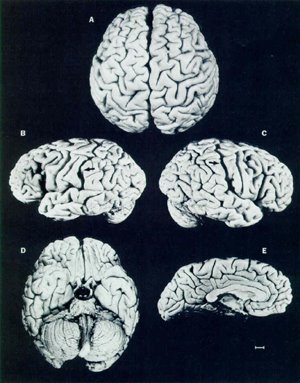In 2007 Gerald Gwinner and team confirmed time dilation when they used an accelerator in Germany to whip lithium ions through a circular tube at 6% the speed of light, then used a laser to stimulate ions forcing them to give off radiation. Radiation is an oscillating electromagnetic wave (like light) and can be used as a clock where one tick equals one cycle. At the high speeds the 'ticks' slowed down/a lowering of the frequency of the radiation.

Light cones-to be discussed at a later date-inspired Hilary Putnam to argue that future events are fully predetermined when considering the absence of the universal now (the concept Einstein more or less proved fallible with relativity of simultaneity). This in effect means an event x in my future might be one in your past (depending on speeds and distance involved) and the moment we pass, I'd be obligated to consider real everything that you do, including the yet to be experienced (from my perspective) event x from your past.


.jpg)
No comments:
Post a Comment